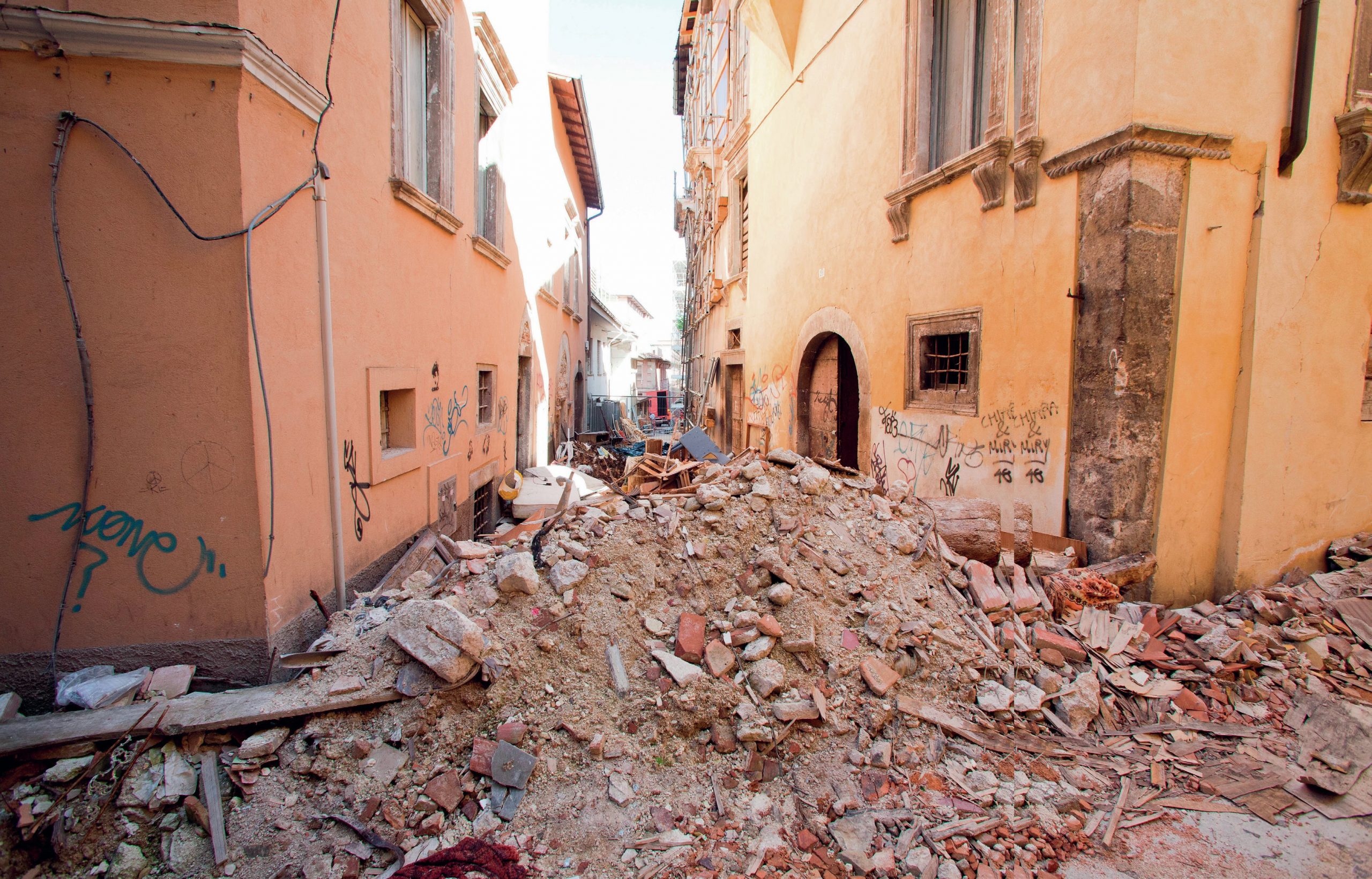
Floods, hurricanes, tsunamis, avalanches, rock falls, droughts and landslides inflict harm upon people year on year, as do earthquakes. For instance, in November 2017 a huge earthquake killed over 300 people on the Iran–Iraq border. Close analysis of specific disasters like this can help us learn wider lessons about what works and what does not in mitigating the human impact of natural hazards.
This article analyses a large earthquake that virtually destroyed the Italian town of L’Aquila. Earthquakes in Italy are not unusual. But there was something special about the L’Aquila case. Three years after the quake, seismologists whose job it is to advise government about risk levels were prosecuted and sentenced to prison for professional negligence. Their ordeal ended in late 2015 when the Italian Supreme Court released all but one of them. By examining how and why these well-intentioned experts failed to protect L’Aquila’s residents, we can learn important lessons about how best to alert people to the dangers of earthquakes and other destructive natural phenomena.
Your organisation does not have access to this article.
Sign up today to give your students the edge they need to achieve their best grades with subject expertise
Subscribe




